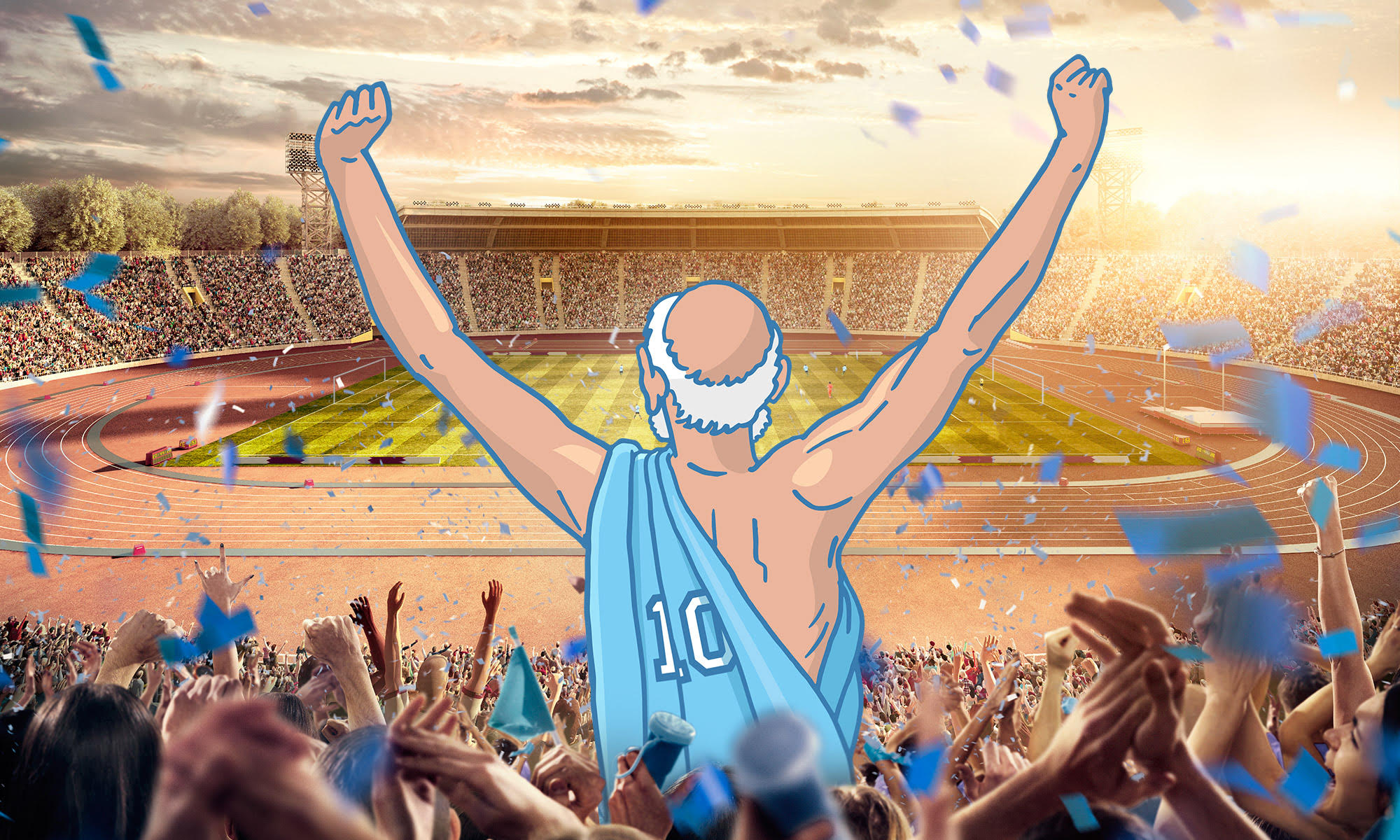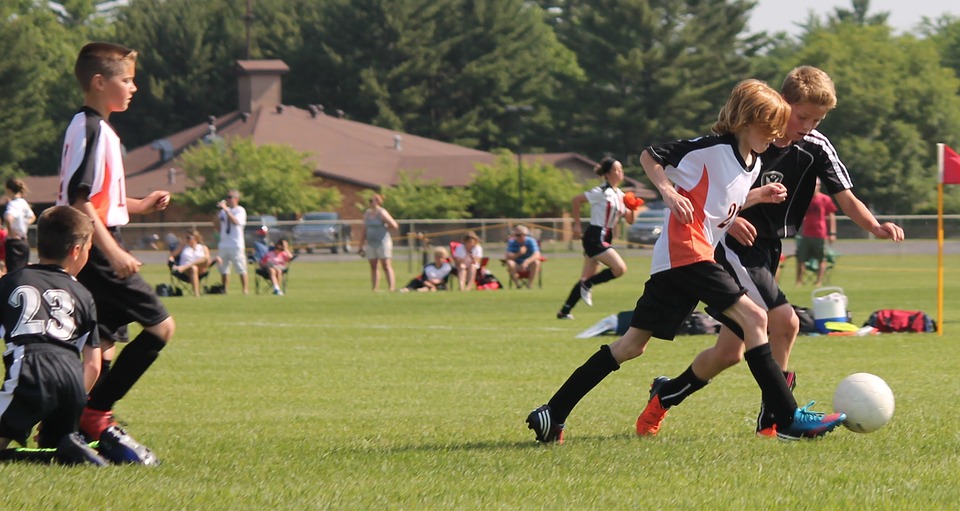What is the best way to develop youth players? To answer this question you first have to split this question into two questions:
- How to develop youth players before puberty?
- How to develop youth players during and after puberty?
The reason why these are two different questions lies in the fact that the brain works different in kids before puberty than during and after puberty. Neuroscience has shown that the brain creates a surplus of synaptic connections in the embryo, but then continues to add synaptic connections until mid to late childhood. Basically what the brain does, is create a lot of connections so that the brain has the best circumstances to learn what it can learn from the environment through associative and instrumental learning.
At the same time, the brain has a strategy of pruning unused or underused connections. Pruning basically means that unused or underused connections are weakened, while used connections are strengthened. With that strategy the brain ends up with a network of connections that is highly likely quite good at dealing with the environment that the person is in and the behaviors that the person is actually going to use. As the cut-off point between these two different phases of brain development is around puberty, one can easily answer the two questions above:
- Before puberty learn as many different things as possible. Different sports, but also different hobbies like playing a musical instrument, paint or hiking. And different environments like playing on the street, taking different holidays or visit museums. The reason that this is the best strategy before puberty, is that it stimulates the brain to create as many connections as possible.
- After puberty specialize the kid in whatever you want him to excel at. So if you want him to be a pro football player, make sure he only plays football as soon as puberty starts. The reason why this strategy works, is that the brain now starts to prune all the unused and underused connections that the kid doesn’t need to play football. So the connections that are strengthened in the brain are primarily involved with football.
Here’s why this twofold strategy is best. Once puberty starts, pruning will happen a lot more than synaptic connection creation. A lot of connections are weakened in the pruning process as they turn out to be irrelevant for the behaviors that the person is actually using in life. Yet, it matters a lot with how many synaptic connections you started out with before you start pruning them. For example, say that on average the brain prunes 30% of the synaptic connections in the brain. If you start out with 1000 connections you end up with 700 strengthened connections, but if you started out with 10.000 connections you end up with 7.000 connections. To be clear: the brain has around 150 billion brain cells and each brain cell has many synaptic connections creating a network with literally trillions of connections. Nevertheless, the more connections you start with, the more you keep after pruning.
Besides this strategy for youth player development, the other important thing to do, is to check a kids personality type. We can already test kids at the age of eight to see what kind of brain type he has with Cybernetic Big Five Theory. This is important because once you know what kind of brain type a kid has, you can create a development program that fits his brain best.
Brain types differ from synaptic connections in an important way: brain types have nothing to do with the number of synaptic connections. Brain types depend on the biological hardware structure of the brain cells themselves. Not only do we have 150 billion brain cells, we also have thousands of different brain cells. Some brain cells have more Dopamine receptors than others. Some brain cells have more Oxytocin receptors than others. Some brain cells have more Serotonin receptors than others. Depending on the kind of brain cells your brain has grown the most, your brain type differs from other people.
If someone has the same brain type as you, he can still have less (or more) synaptic connections. These are two mostly independent ways the brain is structured. Brain types are important as the come with a typical set of evolutionary behavioral patterns that can interfere with the development of young football players. For instance, certain brain types have issues with discipline. Discipline is probably the most important skill to develop when it comes to becoming a pro player. Other brain types have issues with impulse control. Less of an issue for becoming a pro player, but more of an issue once a player is on the pitch. For all of these issues we have specific strategies to counter the negative side effects and promote the positive use of these evolutionary behavioral patterns.

